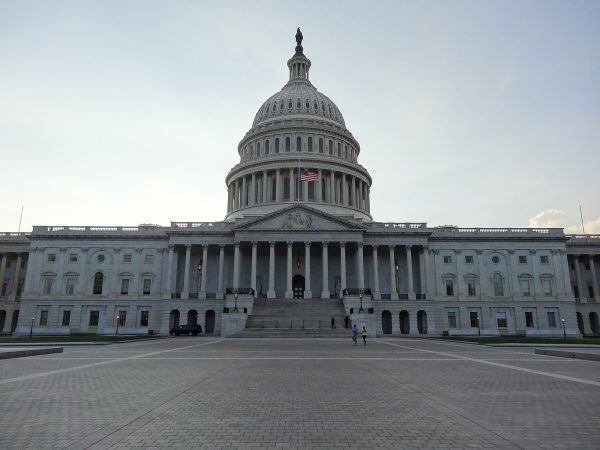Alumni Engagement Exceeds National Average
Alumni participation rate at Dickinson College remains relatively constant as more colleges and universities across the country experience lower connections and donations with their alumni.
Dickinson College goes against the nationwide downward trend in giving and continues to keep connections with alumni donors. According to Vice President of Presidential and College Advancement Kirk Swenson, the college has managed to keep alumni participation rate constant in the past four years while other local colleges experience declines in alumni participation.
Through programming and events, the college attracts new and old alumni to stay connected with the college. According to Swenson, Homecoming/Family Weekend and Alumni Weekend are major events on campus for alumni to attend. Additionally, there are regional events for alumni who live in the same area to get together and reconnect with each other. Swenson explained that the college hosted over 200 regional alumni events last year.
The alumni board plans the events and programs for alumni and their families. Additionally, the President of the board serves as a member of the board of trustees during their term. According to Swenson, some current Board of Trustees members were part of alumni boards of past years.
Today, alumni do not have to rely on colleges to connect them with their classmates because they have social media to do the job for them. According to Swenson, Dickinson College avoids this problem with a shift of value propositions to intellectual engagement. “For me, it’s really critical that alumni see the college not just as part of their past, but actually how it’s relevant to their lives today,” said Swenson. The new Center for Advising, Internships and Lifelong Career Development (CAILD) operates with a network of alumni to connect students to various opportunities. “[A]lumni want to spend time with students, they enjoy the chance to know what’s happening on campus through the student lens,” said Swenson and continued that alumni can serve as informal mentors to students through internships and externship offers.
The CAILCD fosters different connections between students and alumni through programs on campus and virtual programs. Damon Yarnell, associate provost and executive director of the CAILD explained that students benefit from networking with alumni in their prospective or chosen career fields. “[T]hey can share lessons about how they got started, and they can provide their perspectives current and future trends,” said Yarnell.
Through the CAILCD’s app “Alumnifire,” students have more accessible opportunities to interact with alumni. Yarnell explained that these connections are important because of the fast-changing career world. “For current students, authentic working relationships with experienced mentors prove invaluable,” said Yarnell and continued that these networking skills are useful for students’ future careers. “Alumnifire” has over 3000 student, alumni and parent participants as of 2019.
The college seeks connections with alumni in various ways. “[W]e ask people to give their time and their talent, their expertise, and we also ask them to contribute financially,” said Swenson about alumni engagement. Besides networking and career guidance for current students, alumni contribute to the college’s financial aid and scholarship funds. “We have a relatively large endowment for a school our size [and] that’s rooted in alumni giving,” said Swenson and continued that it is important for alumni to participate in donations to help the college thrive in the future.
Yejin Son ’20 explained that alumni engagement with the college is important, but that she probably will not donate immediately after graduation. “I don’t think I can afford to [donate],” she said. However, she said she would be interested in working with the CAILCD in the future. “I’ll be up for giving ‘free advice’,” she said.
“Alumni involvement can be really helpful for career opportunities after college,” said Nickolas Bradbury ’23.“If I make a bunch of money I might [donate],” he said,
According to an article published by annualgiving.com, alumni donors in the U.S. dropped from 18 percent in 1990 to 9 percent in 2013. This 50 percent participation decrease can be attributed to growing college tuition costs and higher student debt post-graduation.




